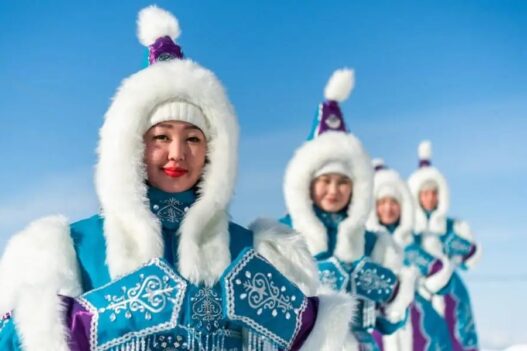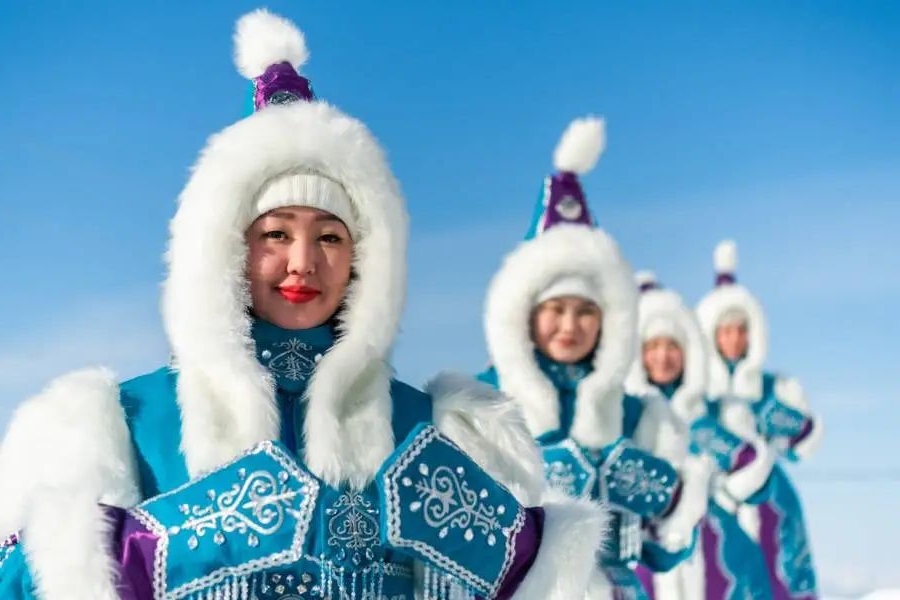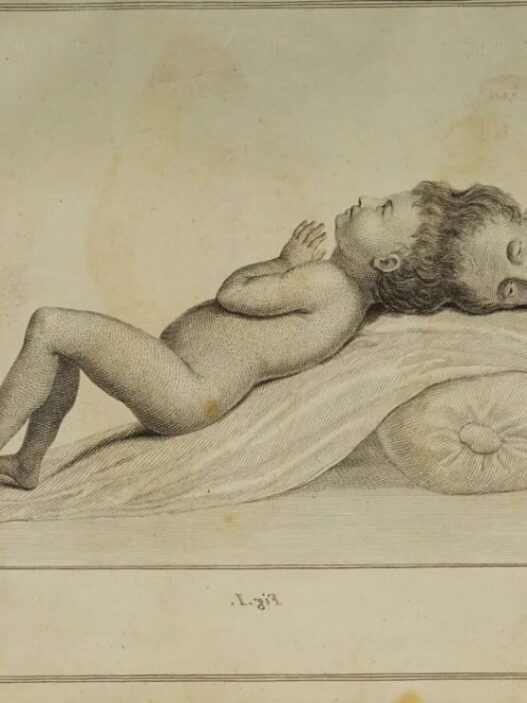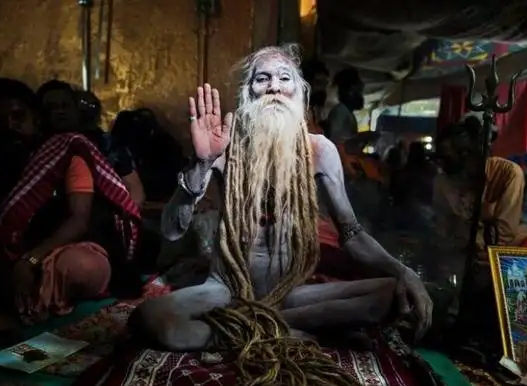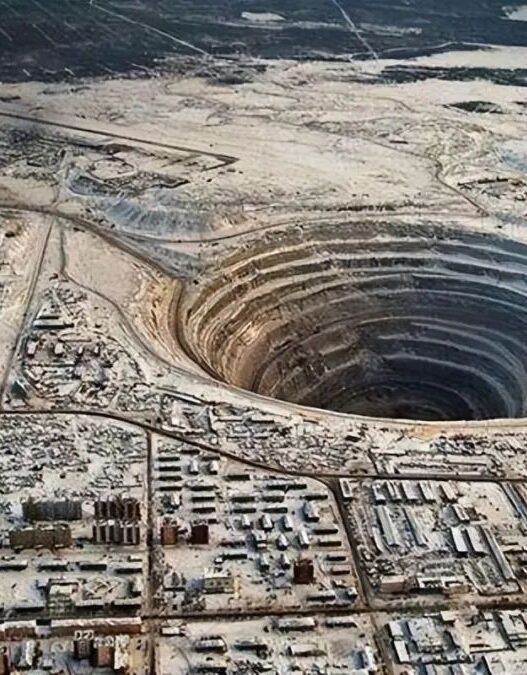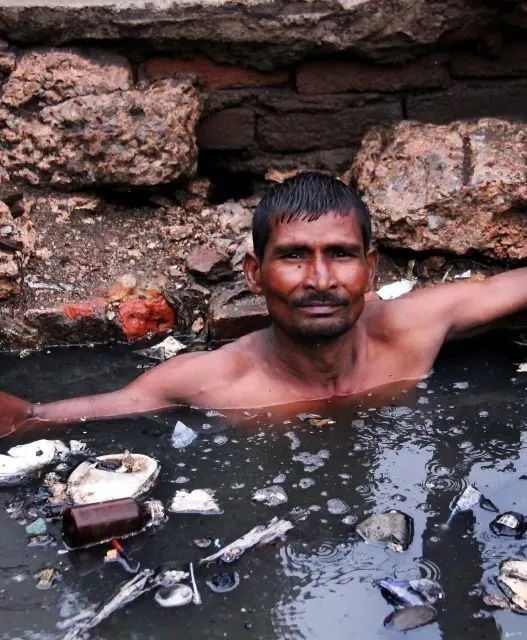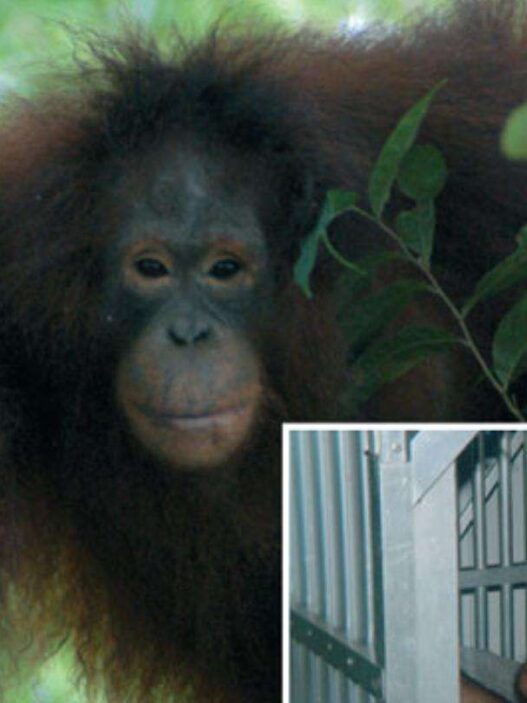Oymyakon, located just south of the Arctic Circle in Russia, is the coldest inhabited place on Earth. No matter how cold your own location may be, it likely cannot compare to the extreme temperatures of Oymyakon.
Photographer Amos Chapple’s Expedition to Oymyakon
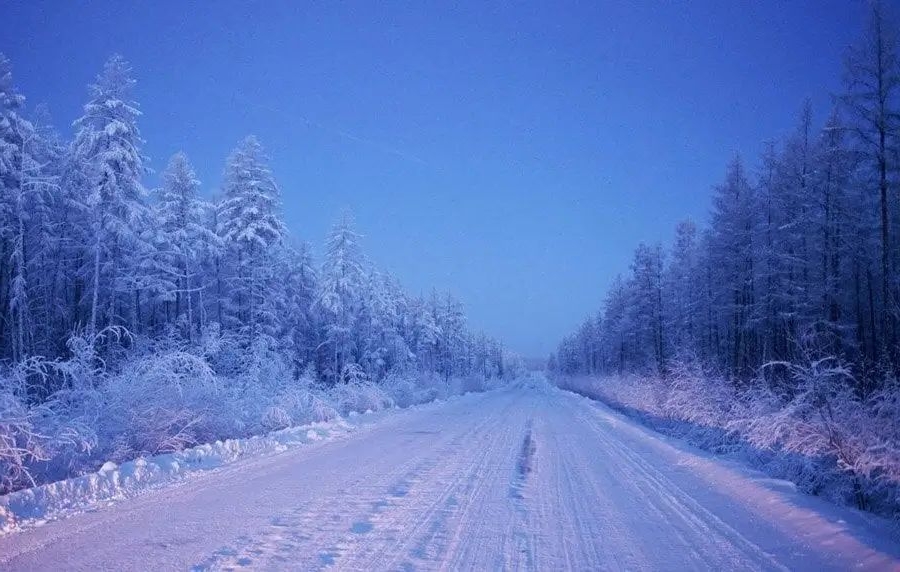
New Zealand photographer Amos Chapple bravely traveled to Oymyakon and its nearby city, Yakutsk, to document the lives of its residents. He explored what life is like in a place where the average winter temperature is around -58°F (-50°C).
Oymyakon is often called the “Cold Pole,” as it holds the title for the coldest inhabited area on Earth. It is home to only around 500 residents. Most of them are from the native Yakut people, although there are also some Russians and Ukrainians. In Soviet times, the government enticed many workers to move here with promises of high wages for working in such harsh conditions.
Historical Record: The Coldest Temperature Ever Recorded
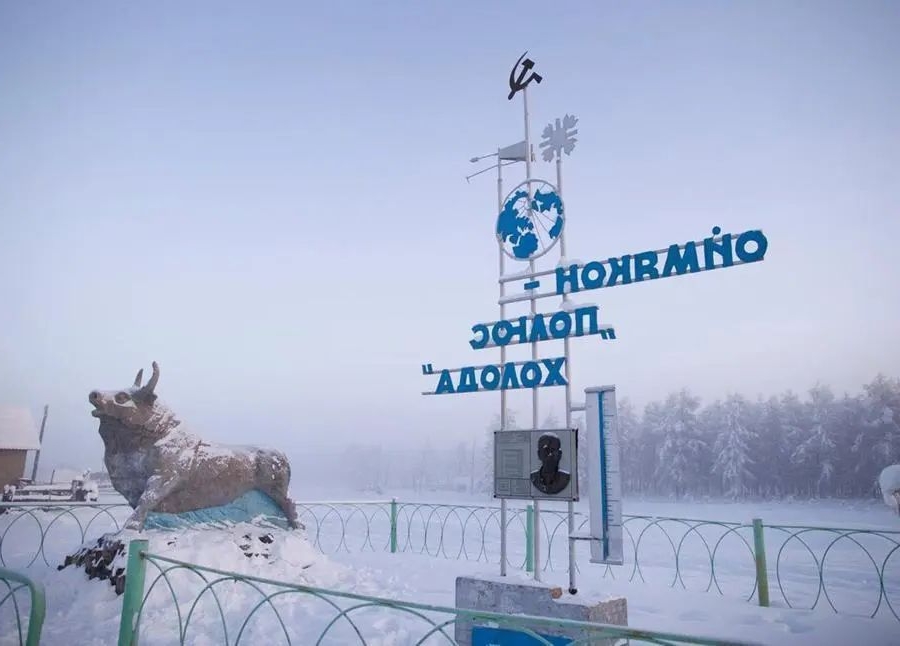
A sign in Oymyakon commemorates the town’s record-low temperature of -96.16°F (-71.2°C), set in 1924. Chapple was struck by the eerie emptiness of the town when he visited. He said, “The streets were completely empty. I expected to see people going about their daily routines in the cold, but people are actually very afraid of it.”
This fear is entirely understandable. For example, if you were to step outside naked on a typical day in Oymyakon, you would freeze to death in less than a minute. Chapple noted that people hurried inside whenever they ventured outdoors.
The Unique Infrastructure of Oymyakon
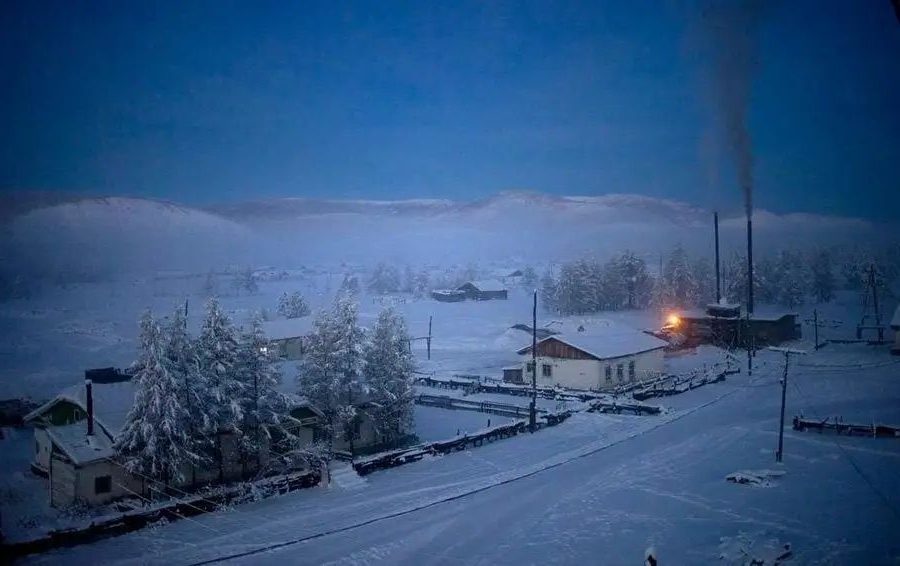
Oymyakon has only one store, but it also has a post office, a bank, a gas station, and even a small airport. It also has its own school. Interestingly, these schools generally stay open unless the temperature drops below -60°F (-51°C). All buildings in Oymyakon are constructed on elevated pillars to account for the unstable permafrost layer that lies about 13 feet beneath the ground.
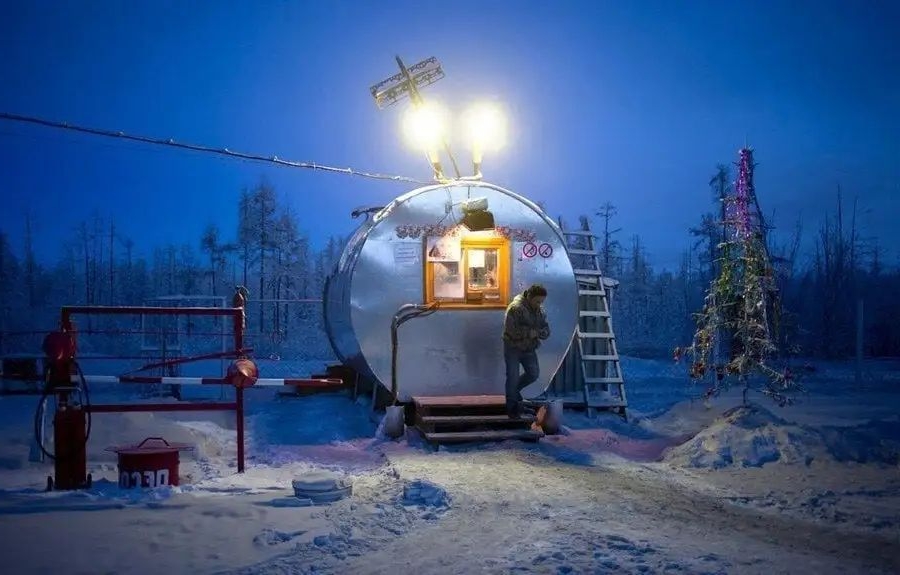
Nearby, there is a natural hot spring that never freezes. Farmers can bring their livestock there to drink water. A 24-hour gas station near Oymyakon keeps the town running, with workers taking two-week shifts to ensure that essential services are maintained under such harsh conditions.
A Cold Diet and Traditions
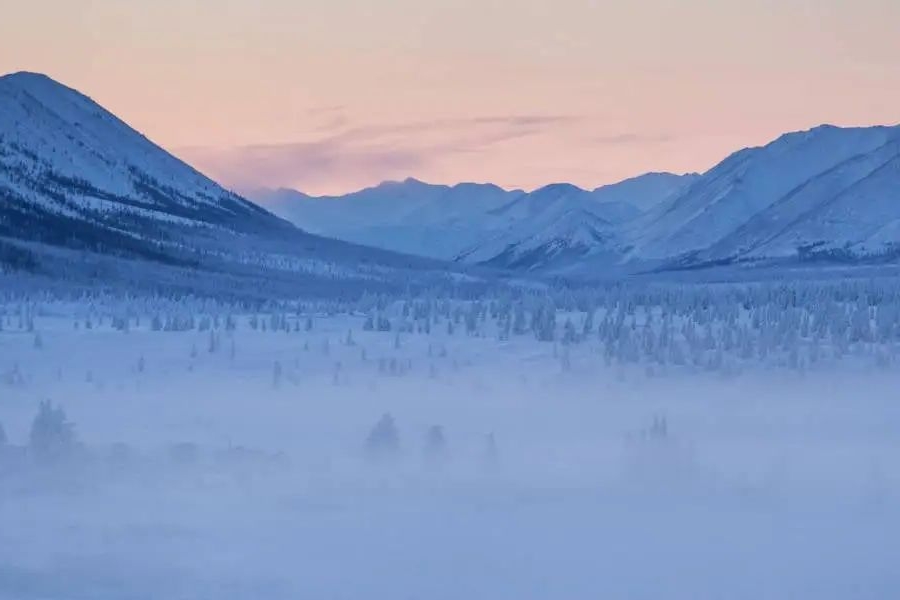
Oymyakon’s residents drink “Russki Chai” (which translates to “Russian tea”), though this drink is actually vodka. The locals believe that vodka helps them stay warm in the extreme cold. Of course, they also rely on wearing many layers of clothing. Their diet is rich, with reindeer meat being a staple. Fish is also commonly eaten. On occasion, frozen horse blood is served as part of the meal.
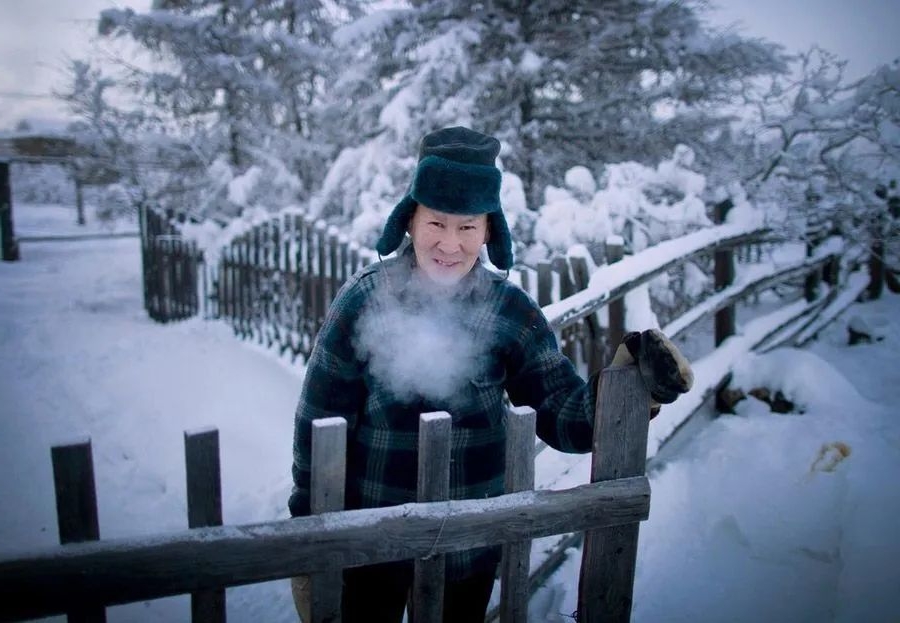
Despite the extreme temperatures outside, people in Oymyakon keep their cars running overnight to avoid engine freeze-ups. However, the drive shafts sometimes still freeze despite this precaution.
Living in the Soviet Era: Work and Integration
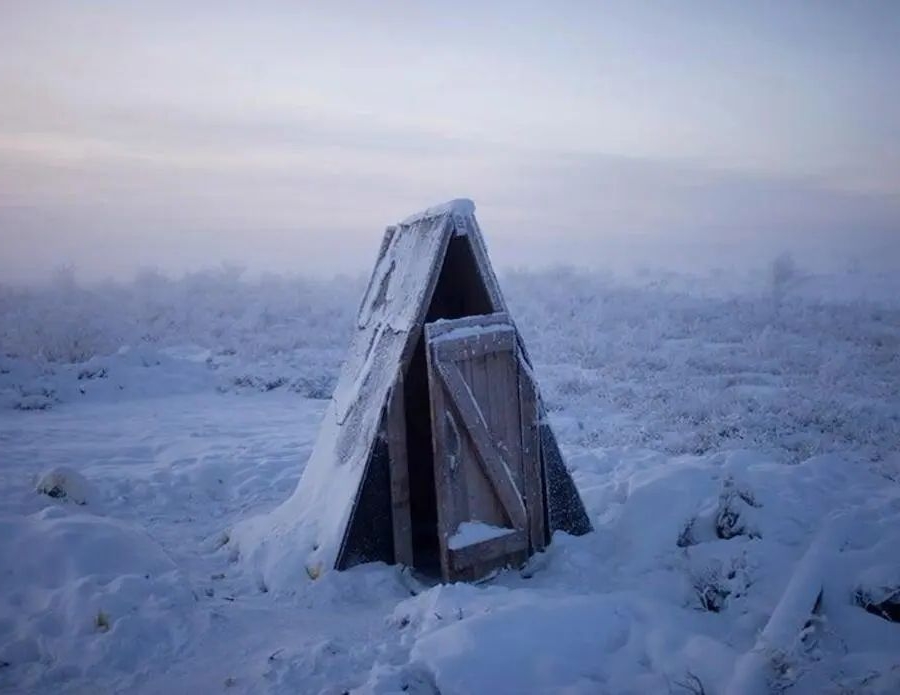
In Soviet times, many workers moved to remote areas like Oymyakon and Yakutsk for the promised wealth and bonuses. These workers, along with the indigenous Yakuts, created a unique cultural blend in the region.
Farming and Agriculture in Oymyakon
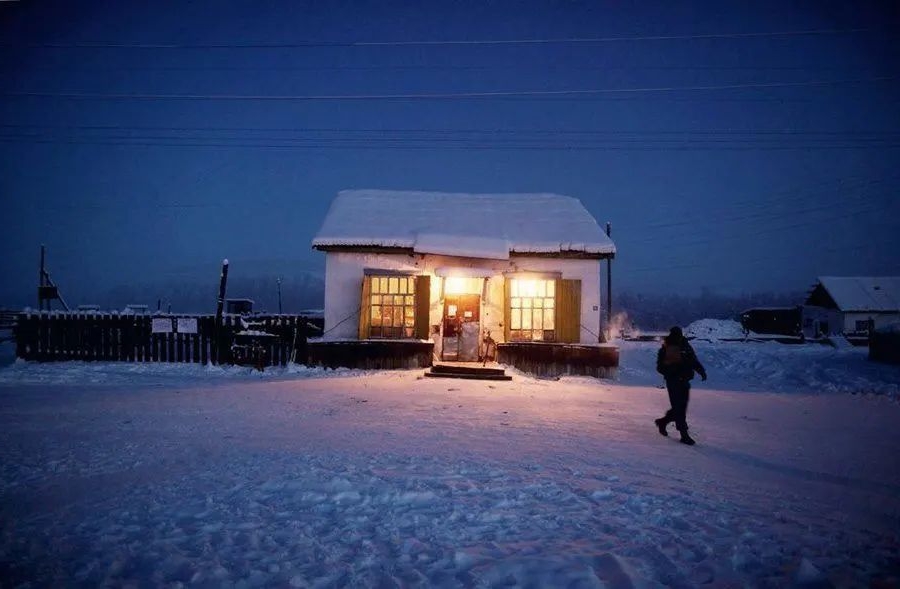
Due to the extreme cold, it is impossible to grow crops in Oymyakon. Livestock farming is the only form of agriculture in the area. Farmers must take extra care to ensure their animals stay warm and have access to non-frozen water.
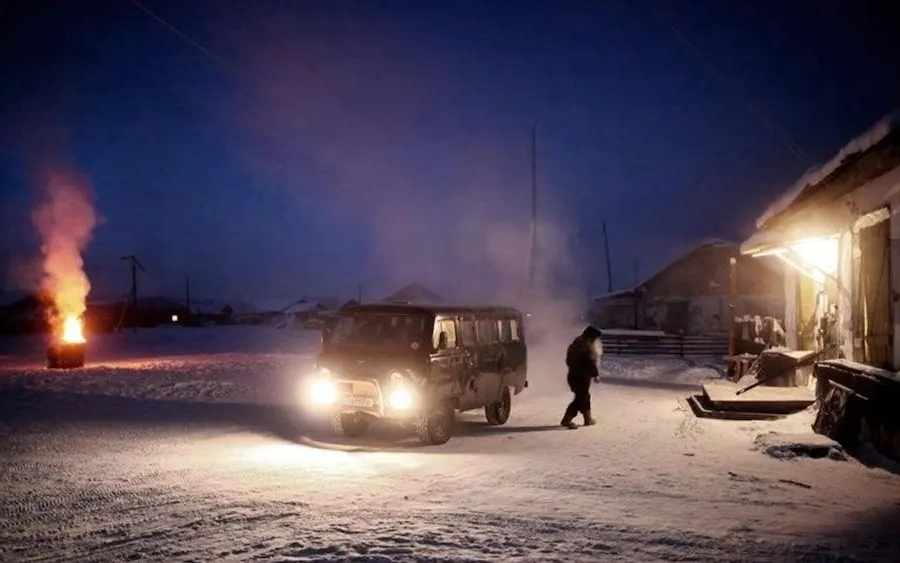
In addition to farming, the Russian company ALROSA, one of the world’s largest diamond producers, has a major presence in the area. The region is rich in diamonds, oil, and natural gas, which explains why Yakutsk, the regional capital, is a wealthy and internationally connected city.
Tourism in the Coldest City
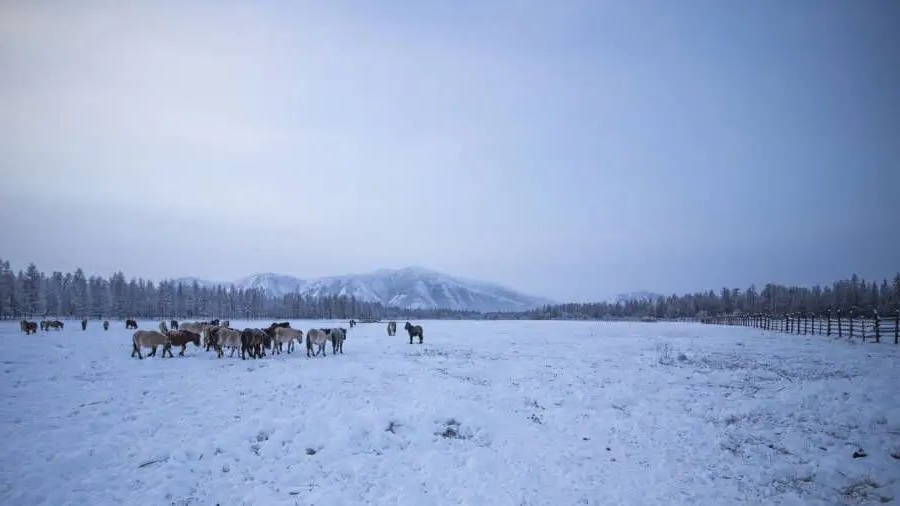
Surprisingly, Oymyakon has also developed a small tourism industry. While the summer temperatures are more bearable, occasionally reaching 90°F (32°C), the warm season is short, lasting only a few months. Oymyakon experiences dramatic variations in daylight. Winter days last only about three hours, while in summer, daylight can stretch to 21 hours. Despite these extreme conditions, around 1,000 tourists brave the cold each year.
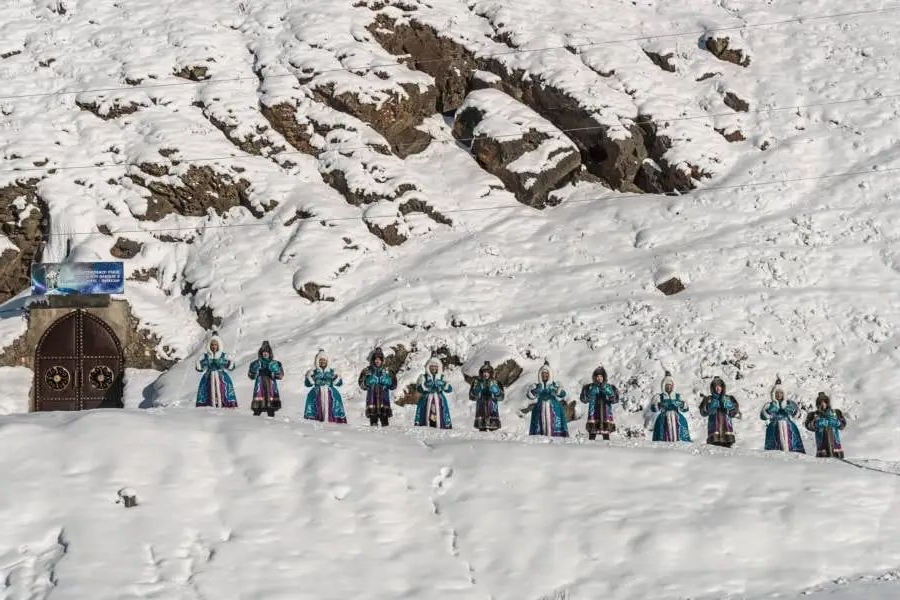
A promotional website for tourism in Oymyakon says, “Visitors will ride Yakut horses, drink vodka from ice cups, taste raw pony liver, frozen fish, and meat, enjoy a Russian bath, and immediately experience the extreme Yakut cold!”
Challenges of Life in Oymyakon

Living in Oymyakon requires perseverance. Farmers like Nicholai Petrovich provide specially insulated barns for their cows to prevent them from freezing to death. Yakut horses are well-suited for the harsh conditions. These resilient animals use their hooves to dig for frozen grass beneath the snow.
Every morning, a tractor is used to bring fresh coal to factories and clear out the ash from the previous day.
Historical Significance of the Road
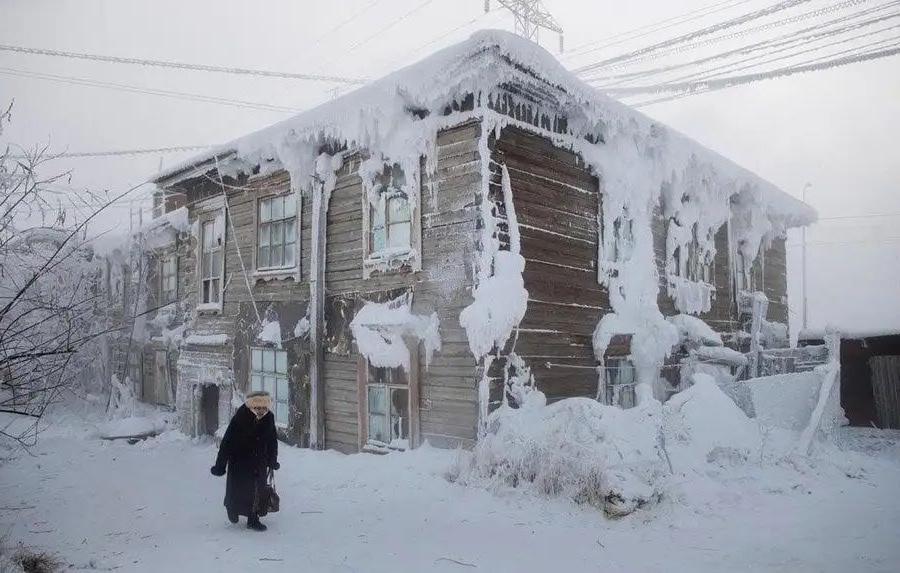
The road connecting Oymyakon to Yakutsk, known as the “Road of Bones,” was built by laborers from the Gulag prison camps. Thousands of workers died during its construction, and the road’s nickname serves as a grim reminder of the region’s difficult history.
It takes about two days to drive from Oymyakon to Yakutsk. In Yakutsk, steam from cars, people, and factories forms a thick fog in the city. At the local markets, the cold air keeps fish and rabbit meat frozen until they are sold.
A Chillingly Beautiful Landscape
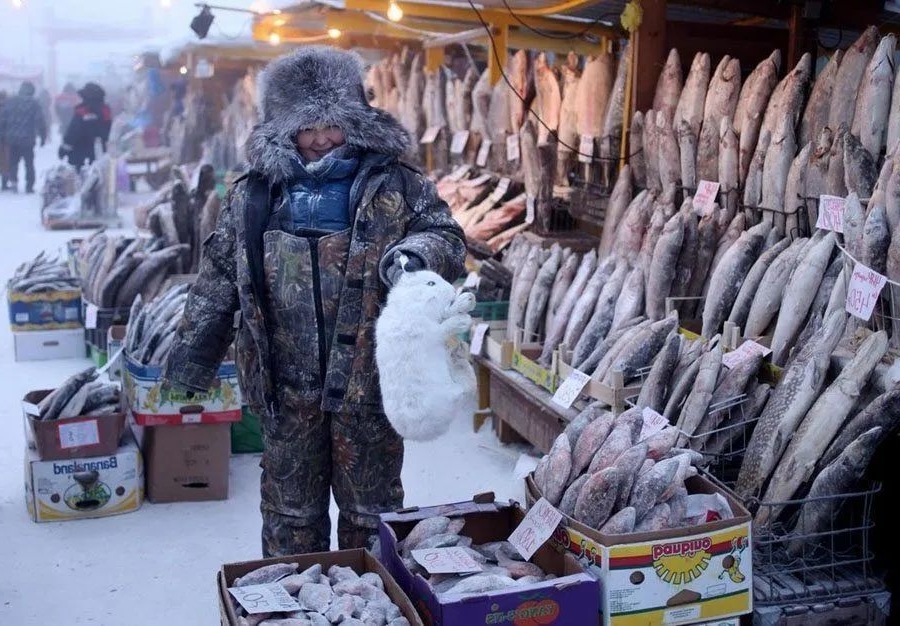
The city of Yakutsk is filled with snow-covered buildings and statues, including one of World War II soldiers. The statues are often covered in snow, adding to the surreal atmosphere of the city. Women in Yakutsk walk through thick mist created by the steam from people and vehicles.
Conclusion: Survival in the Coldest Place on Earth
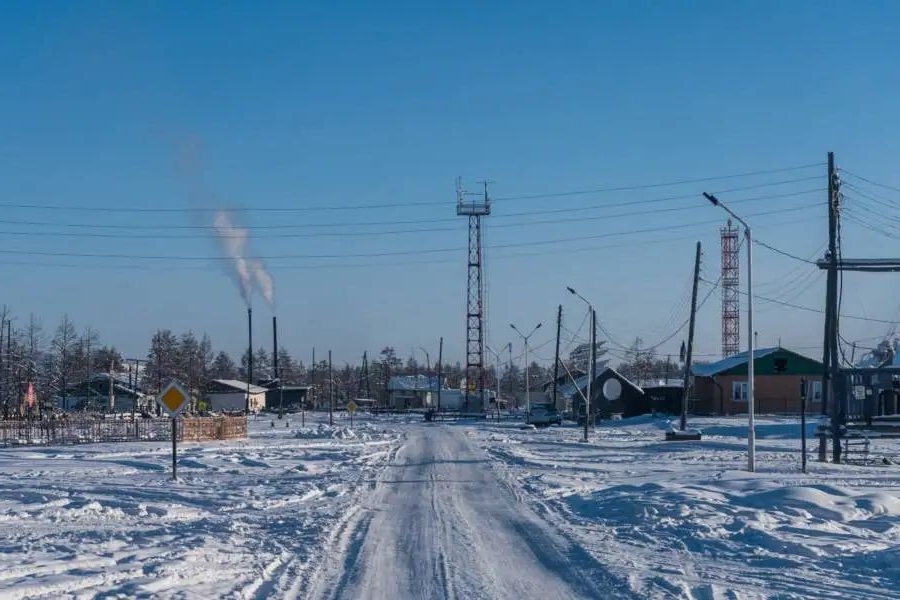
Life in Oymyakon is undoubtedly challenging, but the people who live there have adapted to the extreme cold. Their resilience and ability to survive in one of the harshest environments on Earth are remarkable. The cold may be relentless, but Oymyakon’s residents continue to live their lives with determination.







